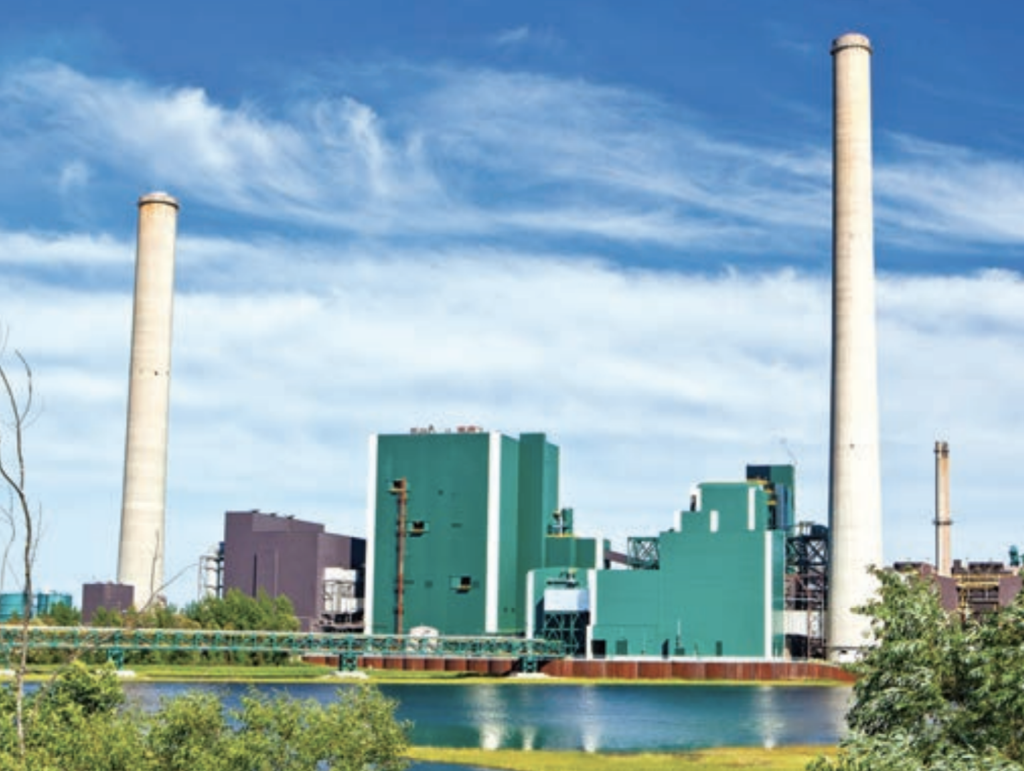Minnesota Power wants to increase the cost of electricity by 18 percent to pay for renewables
Hot off the heels of Xcel Energy’s proposed $222 annual increase in the cost of electricity, Minnesota Power, which serves much of Northeast Minnesota, has announced it is seeking to increase the cost of its electricity for customers by 18 percent.
This will mean the average family will pay an extra $15 per month, and businesses, including small businesses, will pay an additional $55 per month.
Why are prices increasing?
A key reason Minnesota Power is seeking to raise electricity prices is to pay for the wind, solar and hydroelectric power it has added to its electric grid in recent years, according to the company press release.
According to Bethany Owen, the chair, president and CEO of ALLETE energy, which is Minnesota Power’s parent company:
The energy industry of the 2020s looks far different than it did five years ago as our customers’ expectations for clean energy and high-value service are increasing.”
Through EnergyForward, Minnesota Power is meeting those expectations by delivering a resilient, reliable and sustainable supply of 50% renewable energy that is competitively priced. We are proud to be halfway to our goal of providing 100% carbon-free energy by 2050, and we look forward to continuing our close work with our customers and stakeholders to complete this transition.”
Customers may expect clean energy on the grid, but they also expect low costs. Unfortunately, these two objectives are not compatible. You can choose low costs or more renewables. You cannot have both.
Bills “below the national average” is a misleading statistic
Minnesota Power claims that bills for their customers will remain below the national average even after the 18 percent increase, but this is a highly misleading statistic.
According to the U.S Energy Information Administration, the average bill for Americans was $117.46 in 2020. After the rate increase, residential customers with Minnesota Power would see their electric bills grow from $82.76 per month today to $97.76 after the rate increase.
While Minnesota Power’s claim is technically true, what the company doesn’t tell you is that its customers’ bills will only be 16 percent lower than the national average because they use less electricity than households nationally.
According to EIA data, residential customers with Minnesota Power use 21.5 percent less electricity than the national average, which you can see in the graph below.

This means Minnesota Power customers will be paying a higher price for each unit of electricity they purchase.
Minnesota Power’s statement is like someone in California bragging that they pay less for gas to fill up their Prius than someone who has a pickup truck in Minnesota, even though the cost of gasoline is $4.60 per gallon in California and $3.15 per gallon in Minnesota. No one will honestly argue that gas is cheaper in California than Minnesota, which is why Minnesota Power’s claims are so misleading.
Rates will rise more
Unfortunately, the cost of electricity for Minnesota Power customers will continue to increase in the future. Prices will rise because the company announced it would be shutting down the Boswell Energy Center, a large coal-fired power plant in Cohasset, Minnesota, long before the end of its useful lifetime.

Prices will increase because Boswell is one of the lowest-cost sources of electricity in the entire state. According to Federal Energy Regulatory Commission (FERC) data, Boswell delivered reliable, affordable power — regardless of the weather conditions — for under $32 per megawatt-hour (MWh) in 2018.
It doesn’t have to be this way
The saddest part about Minnesota Power’s decisions to build wind turbines, solar panels and transmission lines to Canada while prematurely shutting down their coal plants is that it doesn’t have to be this way.
The Next Generation Energy Act only requires Minnesota Power to have 20 percent of its electricity served by renewables by 2030. This means the company is voluntarily exceeding its state mandates at the expense of the Minnesota families and businesses that rely upon Minnesota Power’s electricity.
Rather than building expensive and unreliable wind and solar installations, Minnesota Power should take a stand for its existing coal fleet in front of the Public Utilities Commission. Only by fighting for its existing, low-cost power plants can the company honestly claim that it is trying to keep prices as low as possible. Everything else is simply greenwashing rate increases.